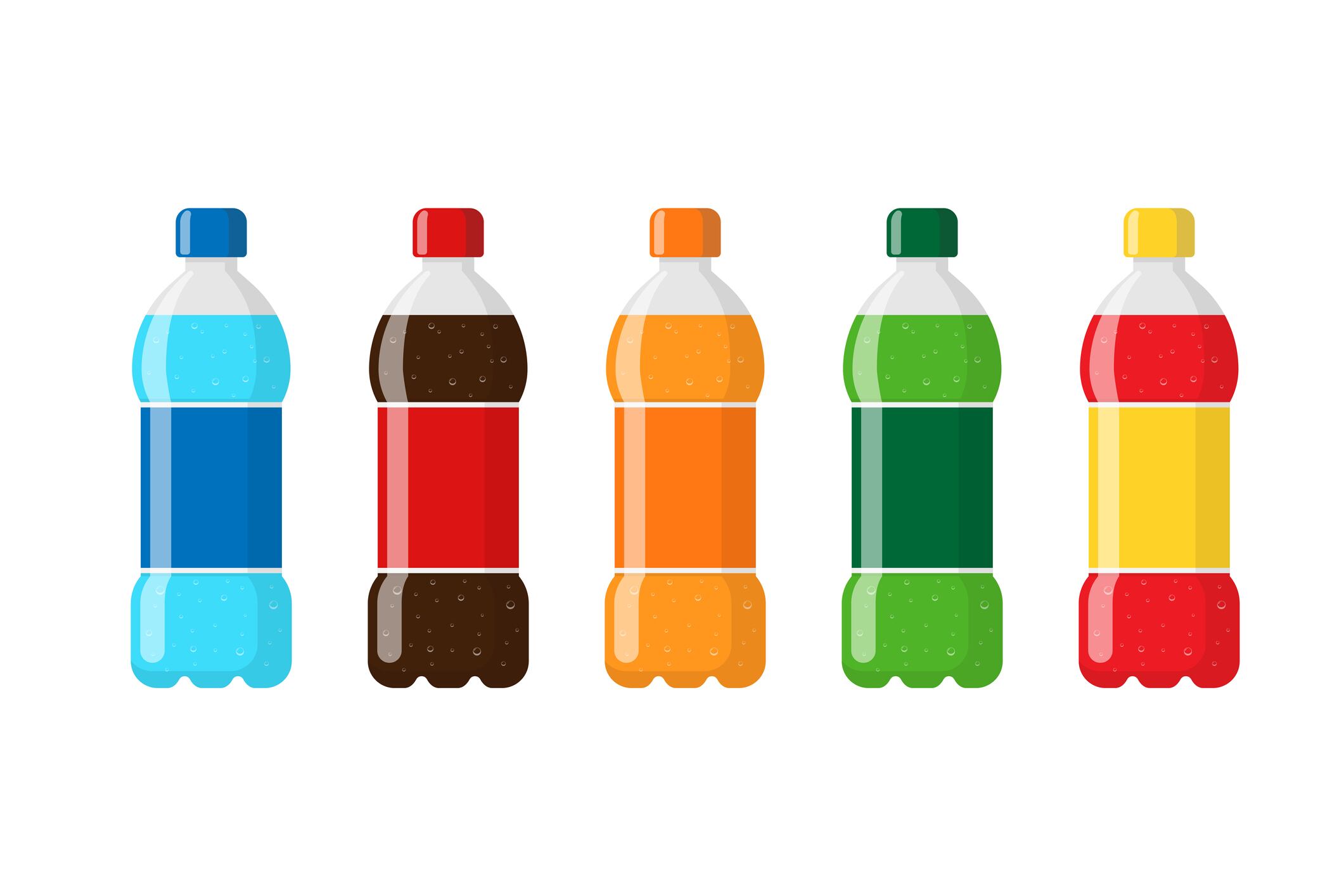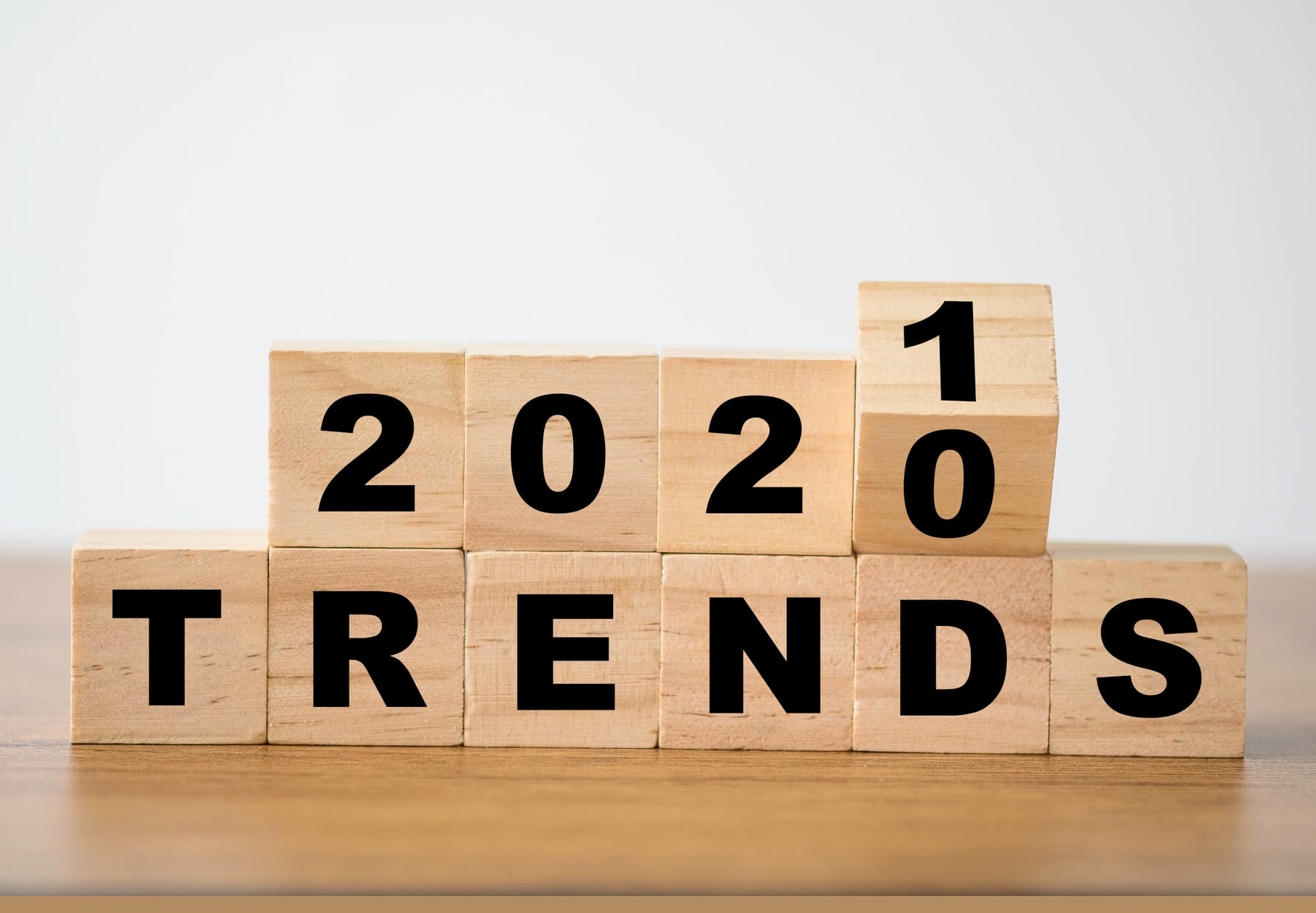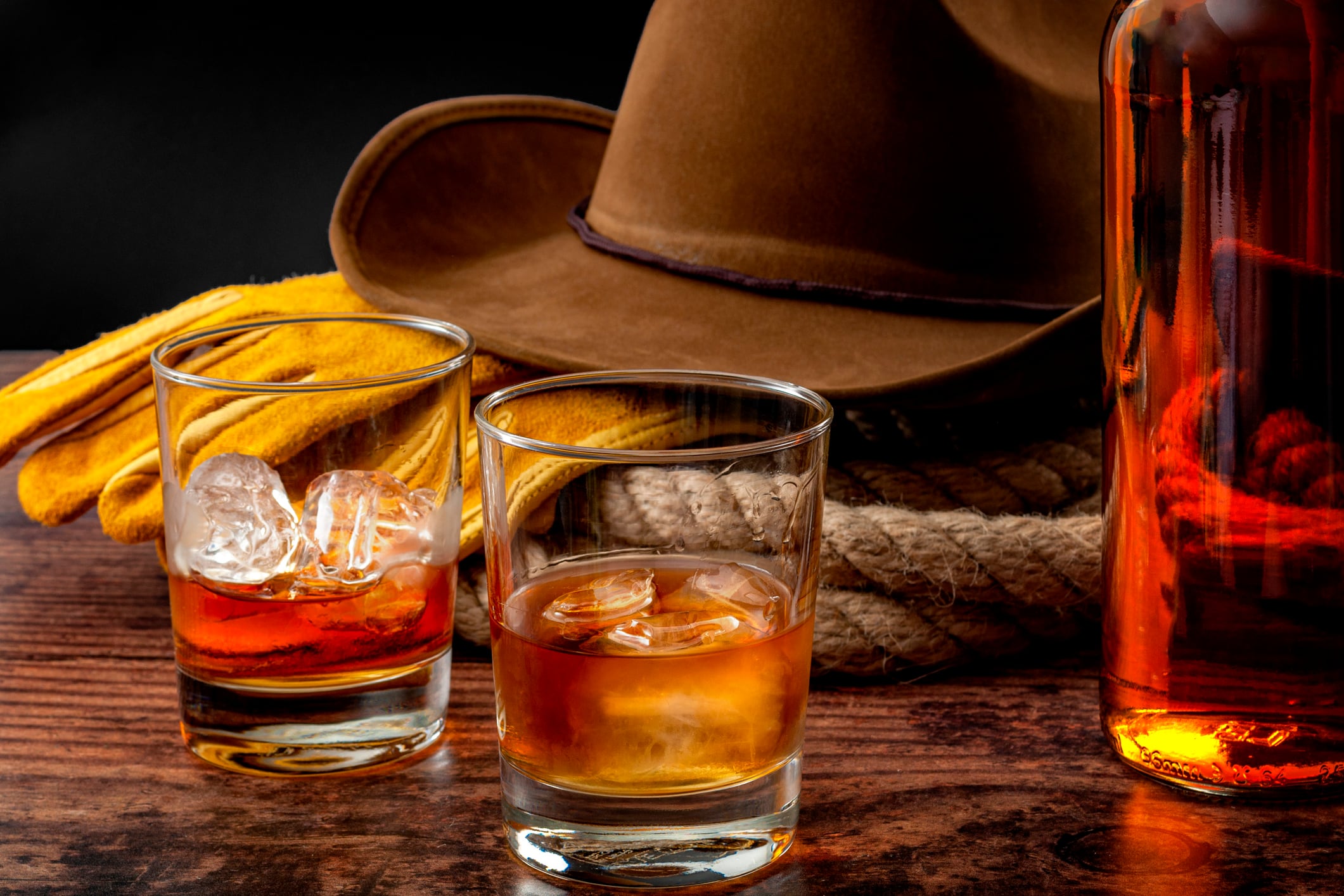The researchers say the potential of the tactic – used for years in tobacco control efforts – is only just beginning to be understood in the beverage industry. They hope their findings could help inform public legislation in this area.
"The results of this study indicate that warning labels may be effective tools for reducing consumption of sugar-sweetened beverages, particularly beverages such as sweetened teas, pink lemonade and chocolate milk for which the sugar content is not immediately obvious or well known," said Cindy Leung, assistant professor of Nutritional Sciences at the University of Michigan School of Public Health and lead author of the study.
Reducing sugar consumption: taxation, health warnings or voluntary reduction?
Reducing sugar in soft drinks – particular hidden sugar that consumers are unaware of or that acts as ‘empty calories’ in drinks – has been a priority for public health initiatives and the beverage industry in recent years.
Legislation efforts from the public health side have focused on taxation: with jurisdictions such as Boulder, Albany, Berkeley, San Francisco, Seattle and Philadelphia all introducing sugar taxes (others, however, have rejected sugar taxes or brought in pre-emptive bans on such taxes).
The idea of warning labels, while not new, has received less attention. San Francisco passed the US’ first law mandating a warning label on soda ads in 2015, but last year the U.S. Court of Appeals for the 9th Circuit ruled the law was unconstitutional and infringed on brands’ right to commercial speech under the First Amendment.
The beverage industry, meanwhile, has always questioned the effectiveness of sugar taxes; while in 2015 it was the American Beverage Association which posed one of the first challenges to San Francisco's warning label law.
Other efforts to reduce sugar consumption from sugar-sweetened beverages include limiting or banning the availability of drinks and/or their advertising in schools or educational settings; and innovation from manufacturers in low or no sugar alternatives.
In the University of California, Davis, study – published this month in The Journal of Nutrition and partly funded by the National Institutes of Health - researchers placed warning labels on beverage dispensers at a University of Michigan cafeteria for one semester in 2019. The bright yellow labels displayed a large triangle and exclamation mark, stating: "Warning: Drinking beverages with added sugar(s) contributes to type 2 diabetes, heart disease, and tooth decay."

Two other cafeterias in separate areas of the campus served as control sites, with no such warnings displayed on beverages.
Nearly 1,000 college students were contacted by email before and after the warning labels were implemented to ask them to participate in surveys with no specific mention of sugar-sweetened beverages. Participants were given a $10 gift card after completing each survey.
In total, 840 students across all cafeterias were included in the study. At the intervention site, consumption of sugar-sweetened drinks that had the warning label declined by 18.5% (compared to a decline of 4.7% at the control sites where no label was used). Students exposed to the warning labels also reduced their consumption of fruit juice by 21%, even though juices had not been labeled as sugar-sweetened beverages.
"Results of this intervention demonstrate that SSB warning labels led to a 14.5% reduction in consumption of sugar-sweetened beverages among college students, which was driven by significant declines in consumption of fruit drinks, sweetened teas, and flavored milk," write the researchers in the study.
Furthermore, the warning labels were considered acceptable by students.
"The vast majority of students at the intervention site also reported positive or neutral attitudes toward the sugar-sweetened warning labels.
"Together, these findings suggest that the warning labels are an acceptable and appropriate way to curb the consumption of sugar-sweetened beverages, particularly where added sugars are less obvious, unlike regular sodas which have been the target of public health programs and policies for years."
Consumption of diet soda did not change over the course of the study.
What could warning labels look like and where could we see them?
Eight US cities and states have proposed warning labels for sugar-sweetened beverages. San Francisco's Board of Supervisors is moving forward with amending its ordinance; while Baltimore, Washington, New York State, Vermont, Massachusetts, Hawaii and California have all proposed similar legislation (none of these have, as yet, moved forward in the legislative process).
The researchers suggest that data, such as from their study, could help inform strategies.
"Sugar-sweetened beverages remain ubiquitous in retail and cafeteria settings. As we explore avenues to promote healthy food and beverage choices, warning labels are a potential tool to reduce their consumption that should be tested in other populations and other settings,” say the authors of the UC Davis study.
"These results provide evidence to inform future institutional strategies... and legislative efforts to use warning labels as a promising approach to sugar-sweetened beverage consumption.
Earlier this year, researchers at Brown School at Washington University in St. Louis carried out a systematic review and meta-analysis on the impact of sugar-sweetened beverage warning labels. They found that warnings on sugar-sweetened beverages were effective in dissuading consumers from choosing them: with labels using graphics having the most impact.
Meanwhile, an article published in the American Journal of Preventative Medicine in April evaluated warning policies in light of existing health and safety warnings on consumer products and the First Amendment; suggesting warnings on labels and at point of sale may pose fewer First Amendment concerns than on advertisements.
Source: Journal of Nutrition, 'Warnings labels reduce sugar-sweetened beverage intake among college students'. https://doi.org/10.1093/jn/nxaa305




